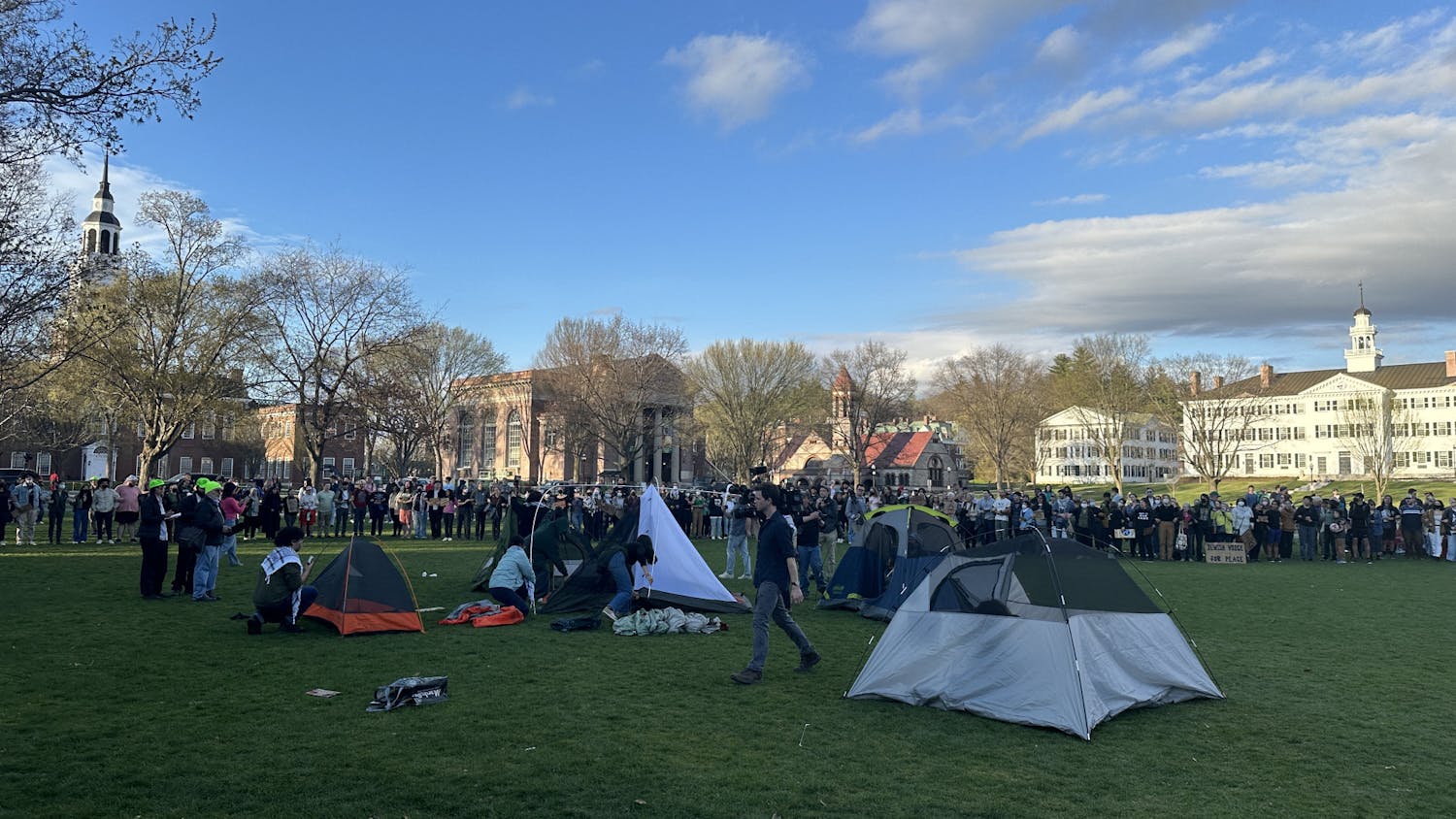This Monday marks the beginning of one of my favorite stretches of the summer, the MLB All-Star Break. The three-day hiatus from the regular season includes the game aptly nicknamed the "Midsummer Classic" a one-night showdown between the season's greatest performers and a slew of other events.
All four major American sports host all-star games and all but the NFL's take place in the middle of the season. All-star break is a tailor-made opportunity for teams to reevaluate their achievements and take a step back from the daily rigor of seasons that can last well over six months.
The concept of an all-star game is well entrenched in American sporting history. The first MLB competition was held in July 1933 and the NHL, NFL and NBA had added games by 1951.
These events seem like such an integral part of these leagues. Only a few other nations include them, which is a disappointment considering the phenomenal potential for a soccer match between European powerhouses such as the English Premier League and the Spanish La Liga.
Despite their long histories, the games continue to evolve. Most have added events to the schedule, turning the break into a local festival instead of just an exhibition game. In 1984, the NBA introduced the Slam Dunk Contest and, in the following year, the MLB held the first edition of the Home Run Derby, two events that showcased fan-favorite displays of skill.
Leagues have also turned additional power over to the fans, who are now able to vote for their favorite players to fill the rosters of the all-star teams. Two years ago, the NHL took this to the extreme, with player captains drafting their own teams from a pool of fan-voted superstars.
These events have left us with countless memories, from 5-foot-7-inch Spud Webb defeating defending champion Dominique Wilkins in the Slam Dunk Contest of 1986 to players huddling around Red Sox legend Ted Williams at the 1999 All-Star Game at Fenway Park as he was wheeled onto the field in a golf cart.
However, despite the unique entertainment these events provide, some cynics see them as frivolous wastes of time and energy. There are frequent assertions that a lack of defensive effort diminishes the quality of games, which is evident in teams frequently scoring over 120 points in the NBA All-Star Game and in last year's NFL Pro Bowl score of 62-35, rare for the higher-scoring Arena Football League.
Others complain about the placement of the games either because they disrupt the flow of the season or because they occur at an irrelevant time, like the Pro Bowl, which occurs after the NFL season. The Pro Bowl presents additional problems because the game is played with significantly altered rules to protect players.
Interest has also been lost because of issues with athlete participation in the Home Run Derby, where only three of the top 10 long-ball hitters are playing this season , and the NBA Slam Dunk Contest, where stars such as LeBron James routinely decline invitations, leaving the competition to a slate of reserves who would never otherwise come close to the all-star weekend.
Finally, each year there is incessant debate about the composition of the roster and the seemingly infinite number of players who are snubbed and left off rosters despite great seasons.
Some leagues have taken steps to increase the competitiveness and excitement of their games, such as the MLB whose contest determines home-field advantage for the World Series and the NFL, which moved its game to the week before the Super Bowl, instead of the week after it.
However, I think that many people miss the fact that all-star games are meant to be a fun exhibition and not a full throttle competition. The fun in the events is taking time away from the constantly serious business that is modern sport and giving the athletes an opportunity to enjoy playing the games they love.
Alexander Ovechkin is beloved for his creative antics during the NHL All-Star Shootout, like using two sticks, sunglasses and a hat with the Canadian flag to score a goal in 2009,. The 15-inning thriller in the 2008 MLB game was a perfect way to christen the new Yankee Stadium.
Players are voted into the game because they are who the fans want to see and, in the end, that should really be the most important factor. Contests such as MLB's Final Vote allow fans to select the final member of each team after the rosters have been announced and results in entertaining media campaigns centering on hashtags, such as #HighFiveCiti for Red Sox reliever Koji Uehara and #HighSocksForVotes for David Robertson of the Yankees.
And despite all of these complaints, fans continue to tune in to the spectacles, as only the NFL Pro Bowl has fewer viewers than an average game.
So take a few hours this week and enjoy the MLB All-Star Game, not as an intense competition, but as a celebration of America's pastime.



